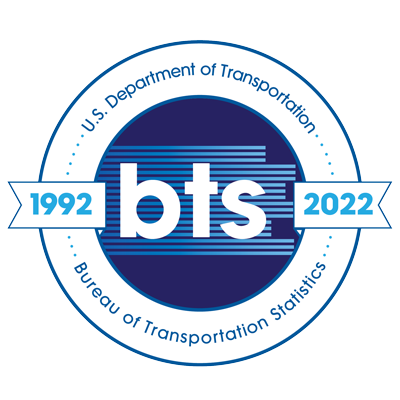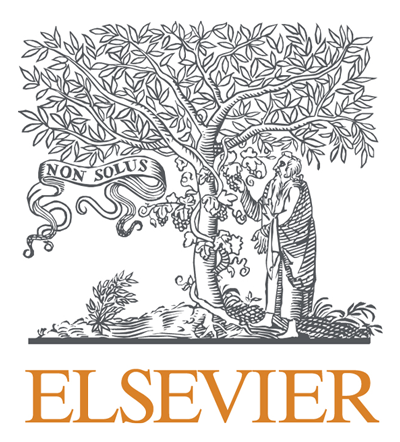The path of least resistance: opportunities for public participation in shaping municipal urban nature rules
Topics:
Keywords: urban nature, institutions, municipalities, governance, civic engagement
Abstract Type: Paper Abstract
Authors:
Meghan Klasic, University of Minnesota
Kristen Nelson, University of Minnesota
Forrest Fleischman, University of Minnesota
,
,
,
,
,
,
,
Abstract
Formal institutions play a critical role in defining how urban nature is governed. Yet, in a democratic system, this governance is dynamic and affected by public input and the mechanisms that enable or constrain that input. While public input can be beneficial (e.g., allows for integration of context-specific knowledge), highly variable success in urban nature governance may signal limitations of current mechanisms for civic engagement. A rich literature examines the role and mechanisms of civic engagement in governance, but there has been less attention dedicated to civic engagement in shaping urban nature institutions specifically. To our knowledge no study has yet comprehensively examined mechanisms of engagement in formal institutions across types of nature. To address this knowledge gap, we analyze fifteen municipalities’ ordinances within the Minneapolis-St. Paul metropolitan area to identify formal institutions about water, soil, vegetation, and wildlife topics and the civic engagement mechanisms therein. We find patterns of civic engagement emerge for some types of nature, specifically vegetation and water. In both cases, expert advice, an elite group of the public dominates formal institutions of engagement. Overall, we find a stronger pattern of civic engagement mechanisms across municipalities suggesting that local governance, rather than the type of nature, may determine whether and how the public can participate in the management of urban nature. Future work may benefit from analyzing barriers to developing and changing municipal formal institutions to understand why municipalities adopt different civic engagement mechanisms, and ultimately, which mechanisms lead to better socio-environmental outcomes.
The path of least resistance: opportunities for public participation in shaping municipal urban nature rules
Category
Paper Abstract








